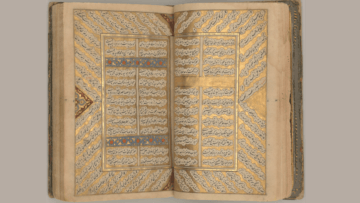Nilo Tabrizy in Guernica:
 I wouldn’t wish being Iranian on my worst enemy,” my friend Marjan posted on Instagram in mid-January.
I wouldn’t wish being Iranian on my worst enemy,” my friend Marjan posted on Instagram in mid-January.
Like many Iranians, Marjan is stuck in visa limbo. An economics professor in New York, she traveled to Iran in August of last year, and by the time her return visa was finally issued, coronavirus restrictions meant she was stuck in Iran. But her post was about more than just travel frustrations. From individual experiences to our collective story, the past nine months have been a painful series of run-on tragedies for Iranians: November 2019 saw nation-wide demonstrations where state security forces killed 1,500 protesters. In January, the US government ordered a targeted killing of Iran’s top military general, and Iran responded with a missile strike on a US military base in Iraq. Days later, the Revolutionary Guards (IRGC) downed a civilian airliner, killing 176 passengers and crewmembers in the midst of the escalated tension of war. And then in February, the coronavirus crisis. It’s been all-consuming. I cover Iran in video for the New York Times, and spent January tracking down and interviewing eyewitnesses in Iran who saw the plane crash, while dealing with the trauma of reporting on a story that impacted me deeply, as a member of the Iranian-Canadian community.
I was born in Tehran during the turbulent beginnings of the nascent Islamic Republic. Iran was rebuilding after the 1979 revolution, which ended centuries of monarchy and installed a then-popularly backed Islamic government. But the revolution was quickly followed by a brutal eight-year war with Iraq.
More here.
